目录
- 1. 启动入口:SpringApplication.run()
- 2. SpringApplication初始化
- 3. run()方法核心流程
- 4. 嵌入式 Web 服务器启动关键点
- 4.1refreshContext()方法触发服务器启动
- 4.2ServpythonletWebServerApplicationContext的核心作用
- 4.3ServletWebServerFactory实例化服务器
- 5. Spring MVC 组件自动配置
- 6. 最终启动结果
- 总结:启动流程关键点
Spring Boot 通过 main 方法启动 Web 项目的过程涉及多个核心组件和自动化机制,下面从源码角度详细拆解:
1. 启动入口:SpringApplication.run()
@SpringBootApplication
public class DemoApplication {
public static void main(String[] args) {
SpringApplication.run(DemoApplication.class, args);
}
}
SpringApplication.run() 是启动的核心入口,它主要完成以下工作:
2. SpringApplication初始化
// SpringApplication 构造函数核心逻辑
public SpringApplication(ResourceLoader resourceLoader, Class<?>... primarySources) {
// 1. 设置资源加载器
this.resourceLoader = resourceLoadphper;
// 2. 校验并保存主配置类(即 @SpringBootApplication 标注的类)
this.primarySources = new LinkedHashSet<>(Arrays.asList(primarySources));
// 3. 推断应用类型(REACTIVE、SERVLET、NONE)
this.webApplicationType = WebApplicationType.deduceFromClasspath();
编程客栈 // 4. 加载并实例化 ApplicationContextInitializer
setInitializers((Collection) getSpringFactoriesInstances(ApplicationContextInitializer.class));
// 5. 加载并实例化 ApplicationListener
setListeners((Collection) getSpringFactoriesInstancjses(ApplicationListener.class));
// 6. 推断 main 方法所在类
this.mainApplicationClass = deduceMainApplicationClass();
}
关键步骤:
- 应用类型推断:通过检查类路径中是否存在
org.springframework.web.reactive.DispatcherHandler(REACTIVE)或Javax.servlet.Servlet(SERVLET)来确定应用类型。 - 初始化器(Initializer):从
META-INF/spring.factories加载ApplicationContextInitializer,用于在ApplicationContext刷新前自定义配置。 - 监听器(Listener):加载
ApplicationListener,监听启动过程中的事件(如ApplicationStartingEvent)。
3. run()方法核心流程
public ConfigurableApplicationContext run(String... args) {
// 1. 计时和发布启动事件
StopWatch stopWatch = new StopWatch();
stopWatch.start();
ConfigurableApplicationContext context = null;
Collection<SpringBootExceptionReporter> exceptionReporters = new ArrayList<>();
configureHeadlessProperty();
// 2. 获取并启动监听器
SpringApplicationRunListeners listeners = getRunListeners(args);
listeners.starting();
try {
// 3. 构建应用参数和环境配置
ApplicationArguments applicationArguments = new DefaultApplicationArguments(args);
ConfigurableEnvironment environment = prepareEnvironment(listeners, applicationArguments);
// 4. 创建并配置 ApplicationContext
context = createApplicationContext();
exceptionReporters = getSpringFactoriesInstances(SpringBootExceptionReporter.class,
new Class[] { ConfigurableApplicationContext.class }, context);
// 5. 准备上下文(加载 Bean 定义)
prepareContext(context, environment, listeners, applicationArguments, printedBanner);
// 6. 刷新上下文(核心启动逻辑)
refreshContext(context);
// 7. 刷新后的回调处理
afterRefresh(context, applicationArguments);
// 8. 发布应用就绪事件
listeners.started(context);
// 9. 执行 Runner(如 CommandLineRunner)
callRunners(context, applicationArguments);
}
catch (Throwable ex) {
handleRunFailure(context, ex, exceptionReporters, listeners);
throw new IllegalStateException(ex);
}
stopWatch.stop();
if (this.logStartupInfo) {
new StartupInfoLogger(this.mainApplicationClass).logStarted(getApplicationLog(), stopWatch);
}
// 10. 发布应用运行中事件
listeners.running(context);
return context;
}
4. 嵌入式 Web 服务器启动关键点
4.1refreshContext()方法触发服务器启动
private void refreshContext(ConfigurableApplicationContext context) {
refresh(context);
if (this.registerShutdownHook) {
try {
context.registerShutdownHook();
}
catch (AccessControlException ex) {
// Not allowed in some environments.
}
}
}
protected void refresh(ConfigurableApplicationContext context) {
// 调用 AbstractApplicationContext 的 refresh() 方法
context.refresh();
}
4.2ServletWebServerApplicationContext的核心作用
对于 Web 应用,ApplicationContext 实际类型为 AnnotationConfigServletWebServerApplicationContext,它继承自 ServletWebServerApplicationContext,后者在 refresh() 过程中会:
// ServletWebServerApplicationContext 核心方法
@Override
protected void onRefresh() {
super.onRefresh();
try {
// 创建并启动嵌入式 Web 服务器
createWebServer();
}
catch (Throwable ex) {
throw new ApplicationContextException("Unable to start web server", ex);
}
}
private void createWebServer() {
WebServer webServer = this.webServer;
ServletContext servletContext = getServletContext();
if (webServer == null && servletContext == null) {
// 1. 获取 ServletWebServerFactory(如 TomcatServletWebServerFactory)
ServletWebServerFactory factory = getWebServerFactory();
// 2. 创建并配置 Web 服务器
this.webServer = factory.getWebServer(getSelfInitializer());
}
else if (servletContext != null) {
try {
getSelfInitializer().onStartup(servletContext);
}
catch (ServletException ex) {
throw new ApplicationContextException("Cannot initialize servlet context", ex);
}
}
initPropertySources();
}
4.3ServletWebServerFactory实例化服务器
以 Tomcat 为例,TomcatServletWebServerFactory 的 getWebServer() 方法会:
@Override
public WebServer getWebServer(ServletContextInitializer... initializers) {
// 1. 创建 Tomcat 实例
Tomcat tomcat = new Tomcat();
// 2. 配置服务器基本参数(端口、上下文路径等)
File baseDir = (this.baseDirectory != null) ? this.baseDirectory : createTempDir("tomcat");
tomcat.setBaseDir(baseDir.getAbsolutePath());
Connector connector = new Connector(this.protocol);
tomcat.getService().addConnector(connector);
custwww.devze.comomizeConnector(connector);
tomcat.setConnector(connector);
tomcat.getHost().setAutoDeploy(false);
// 3. 配置 ServletContextInitializer(如 DispatcherServlet)
prepareContext(tomcat.getHost(), initializers);
// 4. 启动服务器
return getTomcatWebServer(tomcat);
}
5. Spring MVC 组件自动配置
通过 WebMvcAutoConfiguration 自动配置核心组件:
DispatcherServlet:作为前端控制器,处理所有 HTTP 请求。HandlerMapping:映射 URL 到具体的 Controller 方法。ViewResolver:解析视图名称到实际视图。
关键代码(WebMvcAutoConfiguration):
@Bean
@Primary
@ConditionalOnMissingBean(DispatcherServlet.class)
public DispatcherServlet dispatcherServlet(WebMvcProperties properties) {
DispatcherServlet dispatcherServlet = new DispatcherServlet();
dispatcherServlet.setDispatchOptionsRequest(properties.isDispatchOptionsRequest());
dispatcherServlet.setDispatchTraceRequest(properties.isDispatchTraceRequest());
dispatcherServlet.setThrowExceptionIfNoHandlerFound(properties.isThrowExceptionIfNoHandlerFound());
dispatcherServlet.setPublishEvents(properties.isPublishRequestHandledEvents());
dispatcherServlet.setEnableLoggingRequestDetails(properties.isLogRequestDetails());
return dispatcherServlet;
}
6. 最终启动结果
- 嵌入式服务器(如 Tomcat)启动并监听指定端口(默认 8080)。
DispatcherServlet注册到 Servlet 容器,作为所有请求的入口。- Spring 上下文初始化完成,所有 Bean 已加载并可用。
ApplicationReadyEvent发布,标志应用可处理外部请求。
总结:启动流程关键点
SpringApplication初始化:推断应用类型、加载初始化器和监听器。- 环境配置:加载
application.properties等配置源。 ApplicationContext创建:根据 Web 类型选择相应的上下文实现。- 自动配置:基于依赖和条件注解,自动配置 Web 组件(如
DispatcherServlet)。 - 嵌入式服务器启动:通过
ServletWebServerFactory创建并启动 Tomcat/Jetty。 - Spring MVC 初始化:配置请求映射、视图解析等核心组件。
通过这种机制,Spring Boot 实现了“零配置”启动 Web 项目的能力,开发者只需关注业务逻辑,无需手动处理服务器配置和组件装配。
以上为个人经验,希望能给大家一个参考,也希望大家多多支持编程客栈(www.devze.com)。
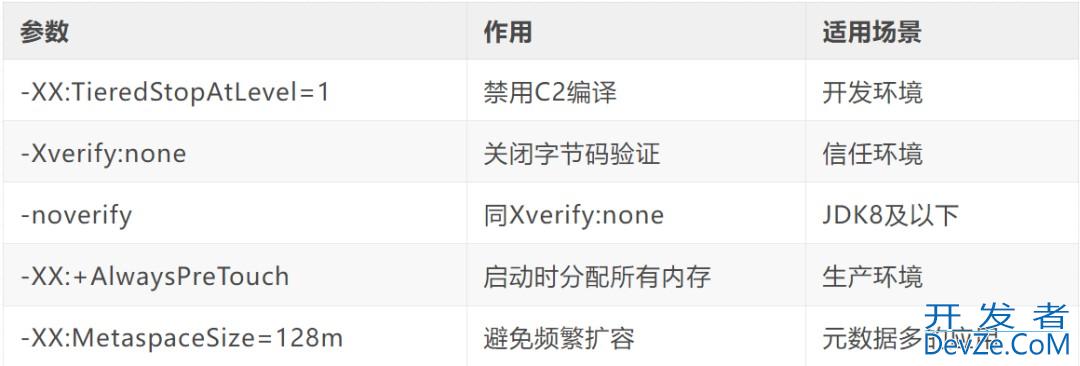


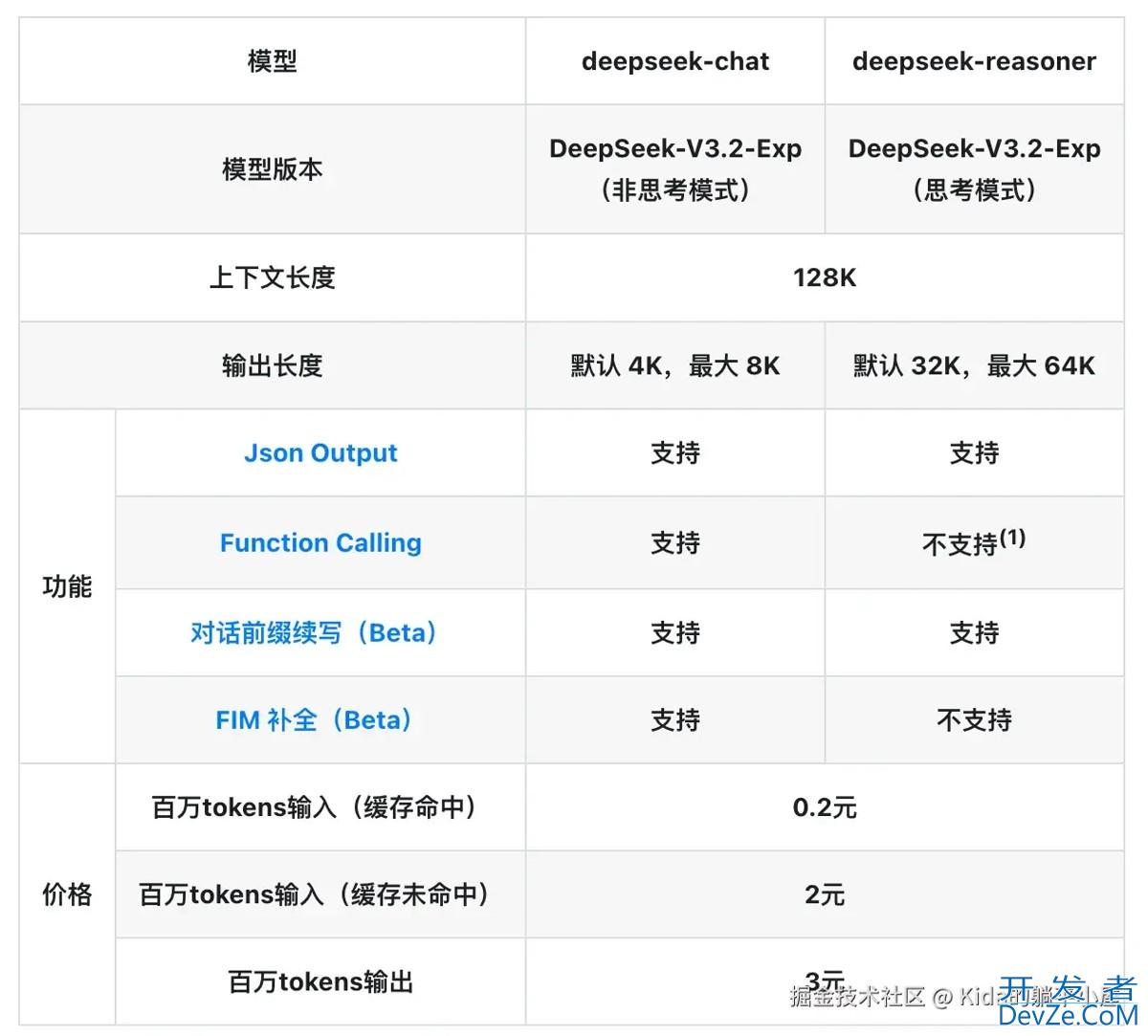
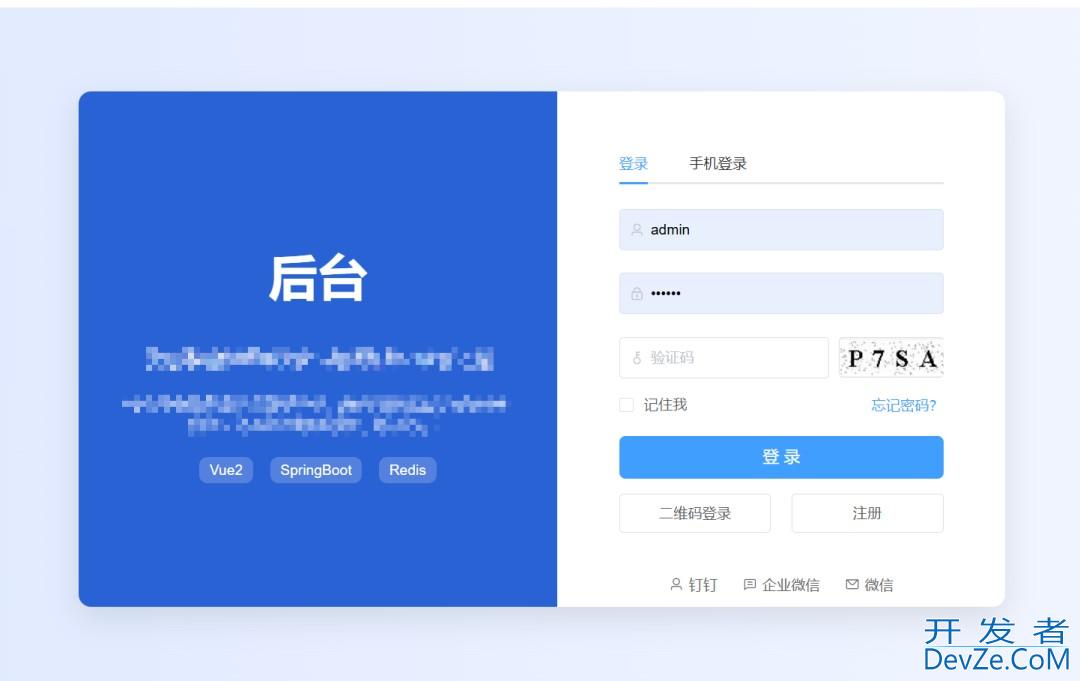
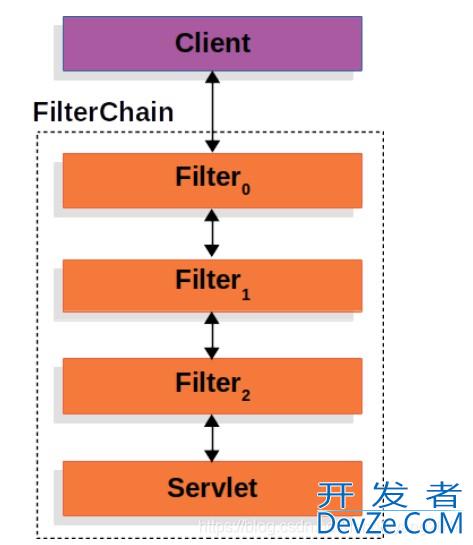
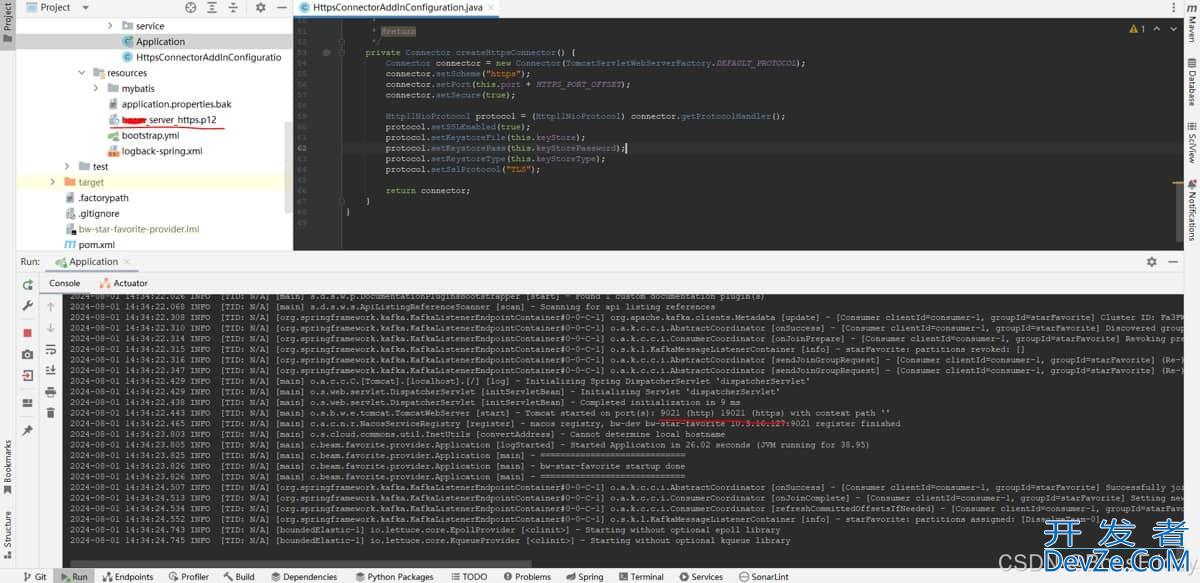
 加载中,请稍侯......
加载中,请稍侯......
精彩评论